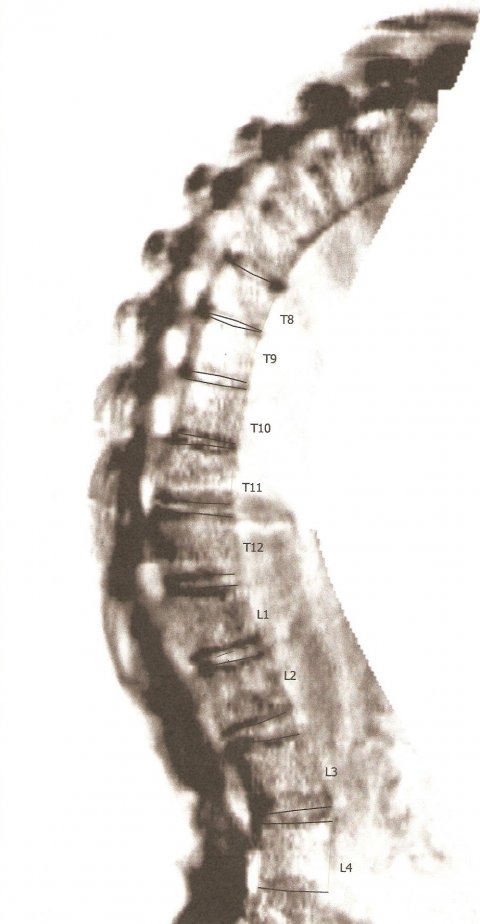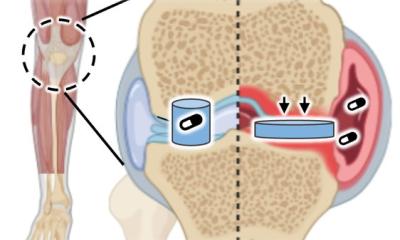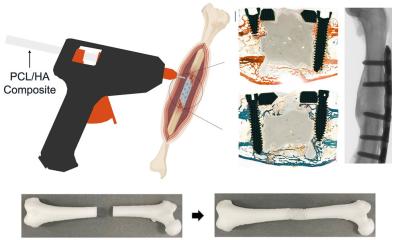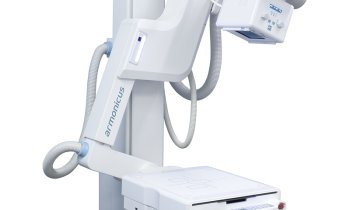News • Painful protein
Understanding Bechterew's disease
Autoimmune diseases like Bechterew’s disease direct our immune systems agains our own bodies. Now, researchers at Jacobs University Bremen have come one step closer to understanding the molecular mechanisms of the disease also known as ankylosing spondylitis.
It is characterized by long-term painful inflammation of the joints and deformation of the spine. One suspected cause is a particular protein – HLA-B27 – that the patients have in their cells. The way it folds into shape might be a key factor in the development of Bechterew's disease. HLA-B27 – like all proteins – only finds its final structure after a complicated folding process. Jacobs University researchers, in collaboration with researchers at the Free University of Berlin, have now found how folding and transport of the HLA-B27 protein work.

Zeynep Hein, a postdoctoral fellow in Prof. Dr. Sebastian Springer’s research group at Jacobs University Bremen, has uncovered new mechanisms of transport of the HLA-B27 protein in human cells. Together with her colleagues, she artificially constructed a slightly different version of the protein and compared it to the one occurring in our bodies. "We’ve always been interested in the transport of proteins in cells and we are very good in making mutant proteins to study their transport," says Hein. "In this project, we’ve used our skills to investigate the transport of the protein associated with ankylosing spondylitis."
Among the insights gained, Hein and her team discovered that HLA-B27 has a very hard time folding into its specific structure at the cell surface. And even if it does manage to fold, it then tends to disintegrate and thereby lose its function. "Of course we cannot know right now whether these findings will later on lead to a cure or treatment for the Bechterew's disease," says Springer. "But, as we’ve seen in previous cases, research into the fundamental mechanisms is essential to eventually develop treatments."
The exact mechanisms of Bechterew’s disease are still not fully understood, which is why the researchers look forward to further investigation. The artificially constructed proteins could very well find applications in the analysis of protein folding as well as potentially being used as diagnostic and therapeutic molecules that support our immune system.
Source: Jacobs University Bremen
27.09.2018











